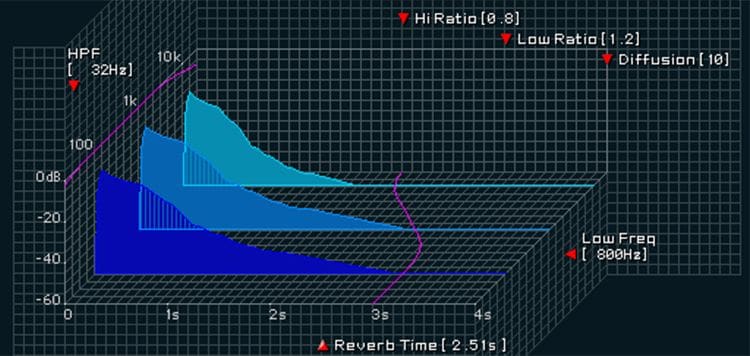ACOUSTICS PART ONE: ROOM ACOUSTICS.

Imagine a James Bond episode far into the future; the scene shows James using a ‘jetpack’, hovering 100 metres above an endless snowy, Antarctic landscape. Using a similar jetpack, the inevitable villain hovers just 10 metres away, ready for combat. It’s the future so, instead of the roaring rocket fuel-powered jetpack James used for his escape after killing Spectre agent No.6 in Thunderball back in 1965, these ones use artificial gravity. This means the imminent scuffle will be in complete silence. No doubt James will emerge as the winner, of course!
Before the fight starts, James and the villain will of course discuss their grievances with the typically dry humour that the Bond series is famous for. The acoustically-absorbent snow and the 100 metres of air absorption between the duellists and the ground meant the two opponents only hear each other’s direct sound, no reflections. Dry indeed.
In real life such an anechoic environment is rarely found. Over the centuries, humans learned to take shelter from the wind behind objects, to hide from rain in caves and, later, to build structures to live and work in. As a result, our brains learned to interpret the myriad of reflections from objects, floors, walls and ceilings to acoustically work out our environment. A large portion of the brain stem and the brain - the auditory cortex - is allocated to this function. It is a very powerful sense, even enabling the visually-impaired to navigate using just acoustic reflections. In fact, our brains get confused when reflections are missing; this is the reason why we feel uncomfortable in anechoic rooms.
Acoustic reflections basically come in two flavours: early reflections and echo/reverberation.
‘Early reflections’ coming from nearby objects, arriving at our ears up to about 35 milliseconds (ms) after the direct sound, increasing the perceived level of the sound source. This is often a positive effect - we like it loud - but, at the same time, these early reflections disrupt the direct sound’s level and timing differences between our two ears, these being used by the brain to perceive the position of sound sources. As a result, it becomes more difficult to pinpoint where the direct sound comes from. In other words: it increases the ‘apparent source width’ (or ASW). In cases where position is important, and for speech intelligibility, this is a drawback. But music actually benefits from a wider ASW. It’s one of the reasons why we like listening to music in a concert hall: Instead of hearing every instrument separately, the early reflections blend the orchestra to a pleasant mix.
Early reflections that arrive later, up to about 80ms after the direct sound, may come from further away objects, or from reflections that have reflected multiple times. These reflections provide a clue of what our environment looks like: small/large, absorptive/reflective, diffuse/modal. The late reflections ‘envelope’ the listener, hence the term ‘envelopment’. Again, for positioning and speech intelligibility, it doesn’t help. However, for music it creates a positive sense of being together in a safe place.
‘Echo’ is usually avoided as much as possible - unless used as an effect - but ‘reverberation’ is the icing on the cake where music is concerned. As reflections bounce from object to object, their energy is absorbed by the air and object surfaces, so their level decreases over time. At the same time each reflection is usually reflected further by more than one object, so the number of reflections increases over time. This produces a diffuse reverberation field, with increasing density (number of reflections) and decreasing level. The time it takes for this field to die out to below audible level - set to an international standard of -60dB - is called the reverberation time, or RT60.
In a church this can be many seconds, shaping what we know as typical religious acoustics for contemplation. For music, between one and two seconds is found to be the most pleasing value, the room filling in ‘between the notes’, creating a wonderful acoustic canvas for an orchestra to do its magic.






